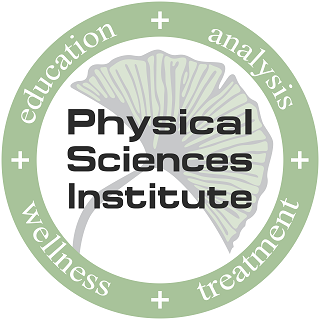Take Back Your Back: How to Treat Low Back Pain
For more than 80 percent of us, low back pain (LBP) will be a reality at some point in our life. For 15-20 percent of us, that pain escalates and becomes chronic low back pain. Patients who choose physical therapy as their first choice for treatment are realizing better results than those who turn to traditional western medicine which often includes pain medication, imaging tests and specialists visits. So why aren’t more people getting the message? It’s all about education.
Dr. Chad Garvey, DPT, OCS FAAOMPT, recently spoke with Dr. Ivan Huergo, DPT, MATcs, founder and owner of Physical Sciences Institute Physical Therapy (PSI) about ways in which people can treat low back pain using non-invasive techniques. Dr. Garvey is board certified in Orthopedics and completed a certification in manual physical therapy and currently directs an outpatient orthopedic clinic in Louisville, Kentucky.
According to Garvey, evidence supports the fact that when it comes to low back pain and intervention, patients first seek treatment from their physician. “You’re more likely to get imaging, medication and likely a referral to a specialist, like a spine or orthopedic specialist,” says Garvey. “In other words, a surgical specialist. Those referrals deny potential treatment such as physical therapy that can start providing relief immediately.”
Delaying manual physical therapy treatment for longer than four weeks can dramatically change the trajectory of the potential costs and disability associated with patients experiencing low back pain, Garvey adds.
Why is low back pain so important to treat? In addition to the 80 percent of Americans who experience it in their lifetime, low back pain is also the second leading cause of lost work time after the common cold and the third most common reason to undergo a surgical procedure. Americans spend nearly $50 billion each year on low back pain.
Huergo has begun incorporating neuroscience education into his physical therapy practice as research suggests that just by listening to a neuro educational session, a patient can decrease their low back pain. This doesn’t surprise Huergo who is encouraged by results of the non-invasive approach.
“Psychosocial issues have been shown to be a strong predictor of long-term disability and chronic pain,” says Huergo. Huergo asks two very simple questions when he meets with patients to better understand the status of their psychosocial status: How are things at home and how are things at work?
“The answers to those questions could be a yellow flag or considered an increased risk for psychosocial issues or increased risk for developing chronic pain,” he adds.
Using neuroscience education has been shown to decrease fear, change patient’s perception of pain by improving the patient’s attitude about pain.
“Some proposed explanations of this is that it re-conceptualizes their problem in such a way that it leads to increased confidence and activity levels,” Huergo notes.
The results can be immediate, so it is worth noting.
“After listening to one 1 hour educational session about pain and pain processing, neuroscience and psychosocial issues, the patient in this study improved her spinal movement and her perception of pain.”
There are several different approaches to treating low back pain and while pain medication and surgery are options, they aren’t the only options and, in fact, often not the best options. Incorporating physical therapy early on as part of a treatment method has shown to dramatically reduce low back pain.
Hear more from Drs. Garvey and Huergo about how physical therapy, including the use of neuroscience education, can help patients with low back pain find relief.
To schedule a consultation with Dr. Huergo, click here or call (630) 850-7901. PSI has offices in Westmont and Lincoln Park in Chicago with convenient hours.
